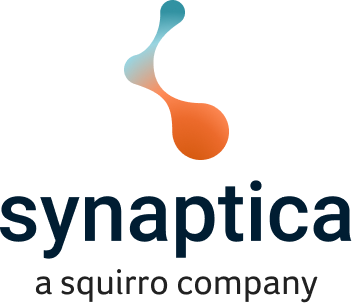The journey toward enterprise ontologies, taxonomies and knowledge graphs begins with knowledge modelling. Knowledge modelling involves analyzing your content and metadata, as well as the search, browse and discovery requirements of your end-users.
From this analysis one or more ontology or taxonomy schemes can be designed. Each scheme acts as a container for the controlled vocabulary that is used to define a domain of knowledge or standardize the metadata values used to tag content. Schemes may contain class-subclass hierarchies, categories and topical concepts, as well as named entities (people, places, products, brands, organizations, etc.).
In a semantic knowledge graph all resources (classes, concepts, named entities, etc.) have unique identifiers and are described by a formally defined set of class types, properties, and relationships. Graphite adopts the W3C Resource Description Framework (RDF), which is a non-proprietary machine-intelligible data model supporting inferencing and reasoning.




